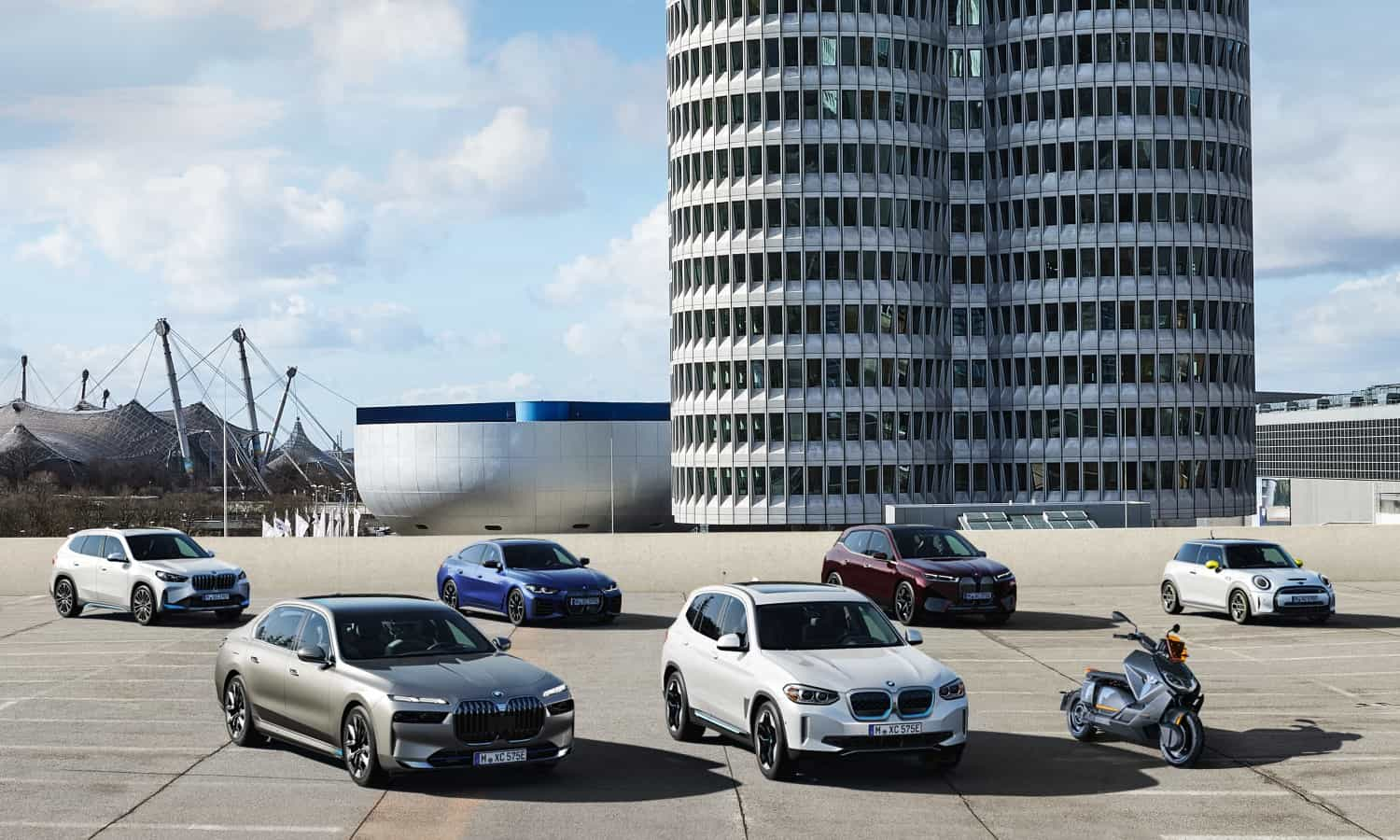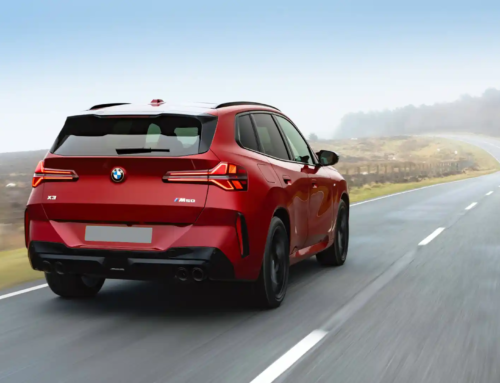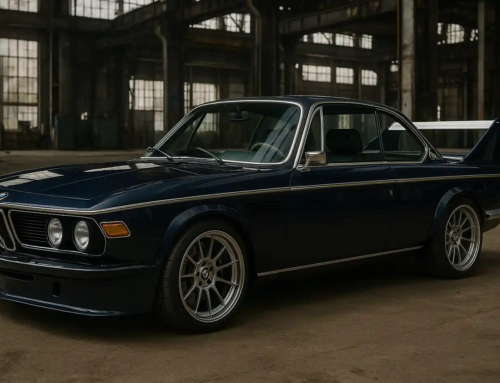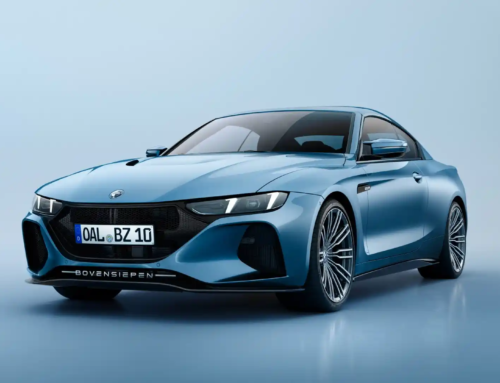Regular contributor and keen observer of the motor industry, Nicholas Pillay, has a few thoughts about BMW’s Electrification Strategy, which he shares here.
BMW has been quietly reshaping its approach to electrification, and it seems the brand is gearing up for a significant shift in how they market and sell their cars. One of the most notable moves is the renaming of their models, particularly dropping the “i” from the end of internal combustion models like the BMW M135i.
Going forward, the M135i will simply be called the M135, with the “i” designation being reserved for electric models, and a new “e” suffix for hybrid vehicles. This subtle change could be an early indication that BMW is looking to electrify their entire lineup, offering customers the choice between combustion, hybrid, or electric engines for each model.
Follow Double Apex on Instagram and Facebook where we share more car content.
The Naming Shift: What Does It Mean?
For decades, BMW has used the “i” suffix to designate internal combustion petrol engines in models like the M135i and 330i. But with the rise of electric vehicles (EVs) and hybrids, it appears that BMW is realigning this strategy. Now, the “i” will signify electric models, and hybrid versions will bear an “e.”
This approach seems to reflect a potential shift in BMW’s broader electric strategy. Instead of creating a completely separate electric lineup with distinctive designs (as brands like Tesla have done), BMW is focusing on giving their existing models the option of different powertrains. This means you could eventually see the familiar models you know and love, like the 3 Series or X5, offered in combustion, hybrid, or fully electric versions—all within the same recognizable body styles.
Read our BMW iX3 vs Mercedes-EQ EQB review at this link.
A Hint at a Fully Electrified Future?
Although BMW has not explicitly stated that this move is part of a plan to fully electrify its lineup, it certainly seems like a possibility. By keeping the same model names and styles across all powertrains, BMW may be signaling its intention to make electrification a seamless, integrated option for consumers. This allows them to leverage the appeal of their current designs while introducing electric drivetrains without alienating traditional buyers.
Imagine walking into a BMW dealership and seeing the familiar 3 Series on display. Instead of choosing between a gasoline-powered or a completely different-looking electric model, you’d simply choose the powertrain —combustion, hybrid, or electric—while still getting the same 3 Series design and luxury you’re used to.
Following the Lead of Mini
BMW seems to be taking a page from its subsidiary, Mini, which has already implemented this approach. The latest Mini Countryman is available with both a combustion-power and electric motor propulsion, with the two models looking virtually identical. Instead of making the electric version stand out with bold new design choices, Mini has kept the styling consistent, making the decision all about what’s under the hood.
The Mini Cooper has followed a similar path, although the electric version features some minor aerodynamic tweaks for efficiency. Nonetheless, the overall design remains similar, allowing buyers to choose the version that suits their needs without sacrificing the iconic Mini look.
BMW’s “Keep It Simple” Approach to Electrification
BMW’s strategy of maintaining design consistency while offering multiple powertrain options stands out in a market where many automakers are heavily pushing all-new, all-electric designs. This more subtle transition into electrification lets customers ease into the idea of going electric. Instead of being overwhelmed by new models, buyers can choose electric simply as a powertrain option, much like they would choose between a diesel or gasoline engine in the past.
BMW’s electrification strategy could also be a clever way for the automaker to gradually transition to an all-electric future without alienating traditionalists who still prefer internal combustion engines. By offering electric versions of familiar models, they allow for a smoother transition until the market is ready to fully embrace electric.
What We Think Is Happening
While BMW hasn’t made any definitive statements about a full electrification plan, their naming strategy hints at this direction. The “i” for electric and “e” for hybrid suggests that BMW may soon offer a version of each model with an electric drivetrain, eventually phasing out traditional engines as consumer demand for electric cars increases.
It’s a unique approach, keeping things simple and allowing the brand to integrate electric powertrains without a hard sell. Over time, BMW might completely transition to electric, but for now, they seem to be providing a stepping stone for those not yet ready to fully commit.
With BMW taking a measured and thoughtful approach, it’s clear they’re positioning themselves for the future—one where electric vehicles are just another option in their already diverse lineup.




![Hot New BMW M2 CS Released and it’s Heading to SA [w/video]](https://doubleapex.co.za/wp-content/uploads/2025/05/P90600877_highRes_the-new-bmw-m2-cs-500x383.webp)

Leave A Comment